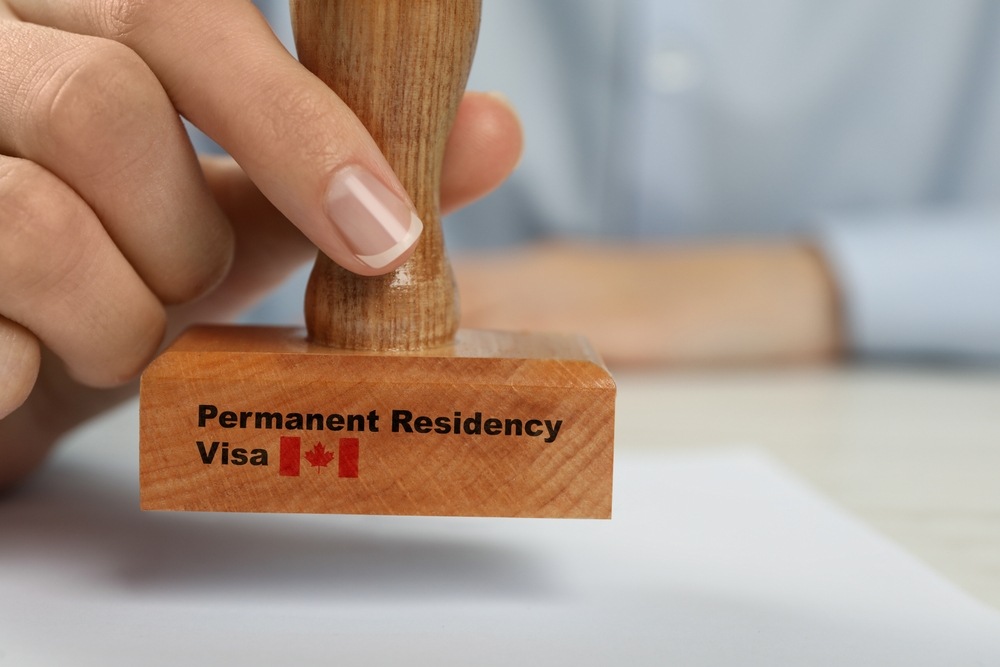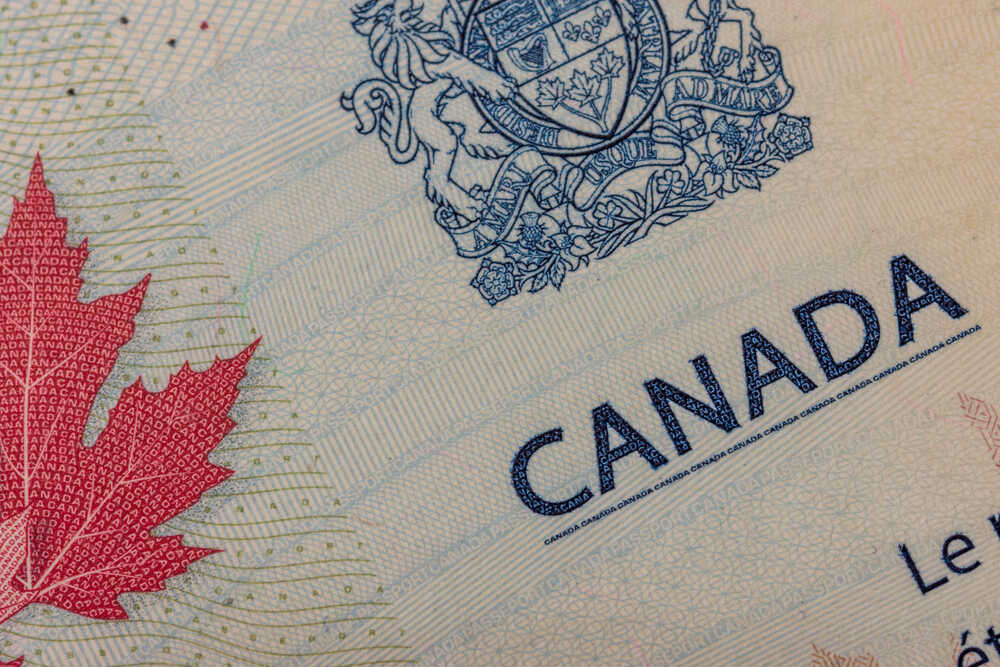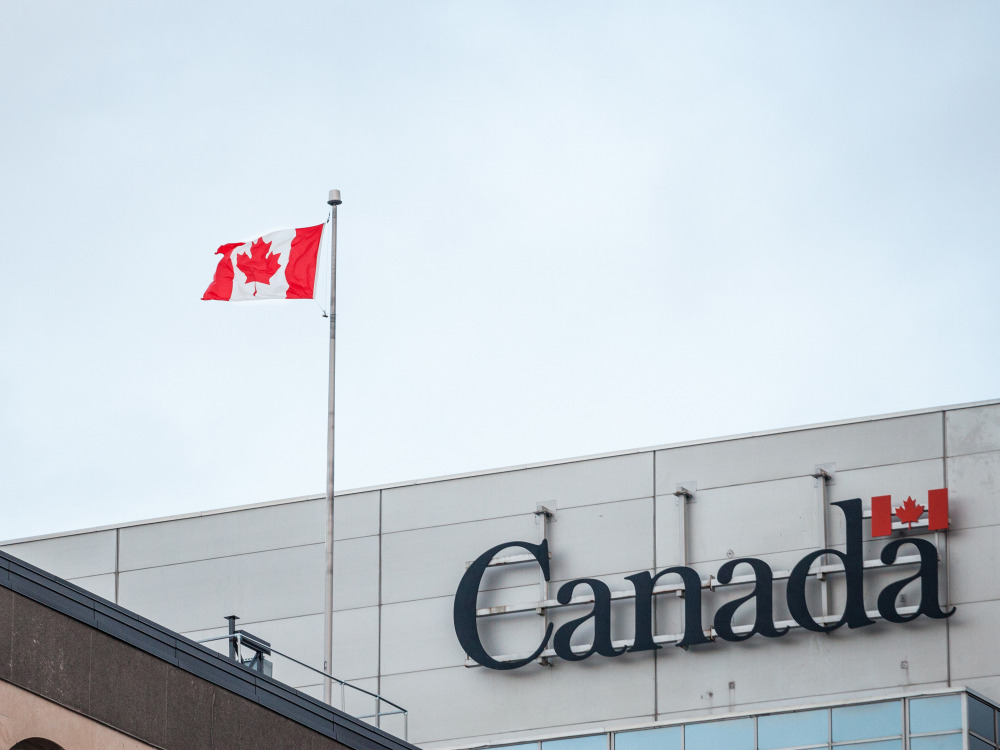If you love Canada, you would want to move there. However, if you are already there, then you will know how wonderful life is in Canada. But, if you are someone who wants to move there and doesn’t know much about how you can move, then don’t worry. Wondering why? Well, this is because we can help you learn a lot about how it all works. How are we going to do that? Well, you are lucky because today, we are talking all about FSW Canada.
Are you ready to embark on a thrilling new chapter in Canada? Prepare for a journey filled with breathtaking landscapes, warm-hearted people, and endless opportunities. Whether you envision yourself exploring the majestic Rockies, immersing in multicultural cities, or pursuing your education and career goals, Canada is a land of promise. And guess what? The Federal Skilled Worker (FSW) program is your key to unlocking these dreams.
Welcome to Canada: A Land of Possibilities
Canada is a vast and diverse country known for its natural beauty, strong economy, and welcoming atmosphere. From the towering peaks of the Rockies to the vibrant streets of Toronto and the pristine lakes of Banff National Park, there’s no shortage of adventures to be had.
But Canada is more than just a beautiful destination—it’s also a land of opportunities. With a strong economy and a diverse range of industries, Canada offers countless possibilities for those willing to work hard and pursue their goals. Whether you dream of becoming a doctor, an engineer, a teacher, or an artist, Canada has the resources and opportunities to help you succeed.
Introducing the Federal Skilled Worker Program
Now, you might be wondering how you can make your Canadian dream a reality. That’s where the Federal Skilled Worker program comes in. The FSW program is designed to attract skilled workers from around the world who can contribute to Canada’s economy and society. Just look at [Name], a [profession] from [country], who successfully immigrated to Canada through the FSW program and is now thriving in [city].
But what exactly is the FSW program, and how does it work? Let’s break it down:
- Eligibility:
To qualify for the FSW Canada program, you must meet certain eligibility criteria. These include having a certain level of education, such as a bachelor’s degree or higher, work experience in a skilled occupation, and language proficiency in English or French. Don’t worry if you’re not sure whether you qualify—there are plenty of resources available to help you determine your eligibility.
- Express Entry:
The FSW program is part of Canada’s express entry canada, which manages applications for skilled immigration. To apply for the program, you’ll need to create an Express Entry profile by providing your personal information, education, work experience, language skills, and other details. Once your profile is complete, you’ll enter the pool of candidates. Based on factors like your education, work experience, language skills, and other criteria, you’ll be assigned a Comprehensive Ranking System (CRS) score.
- Invitation to Apply (ITA):
Candidates with the highest CRS scores are invited to apply for permanent residence in Canada through regular draws held by Immigration, Refugees, and Citizenship Canada (IRCC). The CRS score is a point-based system that evaluates your qualifications and skills, including your age, education, work experience, language proficiency, and other factors. If you receive an Invitation to Apply (ITA), congratulations—you’re one step closer to making your Canadian dream a reality!
- Permanent Residence:
Once you receive your ITA and submit your canada work visa application for permanent residence. IRCC will review your application to ensure you meet all the requirements. If everything checks out, you’ll be granted permanent residence in Canada. This means you can live, work, and study anywhere in the country, enjoy the same rights and benefits as Canadian citizens, and even apply for Canadian citizenship after a certain period of time.
Why Choose Canada?
Now that you know how the FSW Program works, you might be wondering why Canada is the right choice for you. Here are just a few reasons why so many people choose to make Canada their home:
- Quality of Life:
Canada consistently ranks among the top countries in the world in terms of quality of life. With access to high-quality healthcare, excellent education systems, and a safe and stable society, Canada offers a high standard of living for its residents. However, it’s important to note that the cost of living in Canada can vary depending on the city and region. It’s a good idea to research and budget for your living expenses before making the move.
- Diversity and Inclusion:
Canada is renowned for its inclusivity and multiculturalism, with people from all corners of the globe finding a home here. Whether you’re strolling through the vibrant streets of Vancouver’s Chinatown, savouring diverse cuisine in Toronto’s Little Italy, or honouring Indigenous culture in Winnipeg, Canada’s diversity is a treasure to be cherished.
- Natural Beauty:
From the rugged coastlines of Newfoundland to the rolling prairies of Saskatchewan and the snow-capped peaks of British Columbia, Canada is a country of unparalleled natural beauty. Whether you’re an outdoor enthusiast or just enjoy taking in the scenery, Canada’s stunning landscapes will take your breath away.
- Opportunity for Growth:
Whether you’re launching a new career, advancing your education, or pursuing your passions. Canada offers boundless opportunities for personal and professional growth. With a robust economy and a nurturing environment for innovation and entrepreneurship, Canada is the perfect place to build the life you’ve always aspired to.
Tips for Success
Now that you’re ready to embark on your Canadian adventure, here are a few tips to help you along the way:
- Do Your Research:
Research the FSW program and Canada’s immigration policies to ensure you understand the process and requirements.
- Improve Your Language Skills:
Language proficiency is an important factor in the FSW program, so if necessary, improve your English or French skills.
- Gain Work Experience:
Building your work experience in a skilled occupation can improve your chances of success in the FSW program. So, consider gaining experience in your field before applying.
- Stay Positive and Persistent:
The immigration process can be challenging at times but don’t give up. Stay positive, stay informed, and keep working towards your goals.
Conclusion
Embarking on your Canadian dream with the Federal Skilled Worker program is an exciting and rewarding journey. It can open up a world of opportunities for you and your family. So, whether you dream of exploring Canada’s natural beauty, pursuing your education, or simply building a better life for yourself. Canada welcomes you with open arms.
So what are you waiting for? Take the first step towards your Canadian dream today. Moreover, start your journey with the Federal Skilled Program. Who knows what adventures await you in the Great White North?











